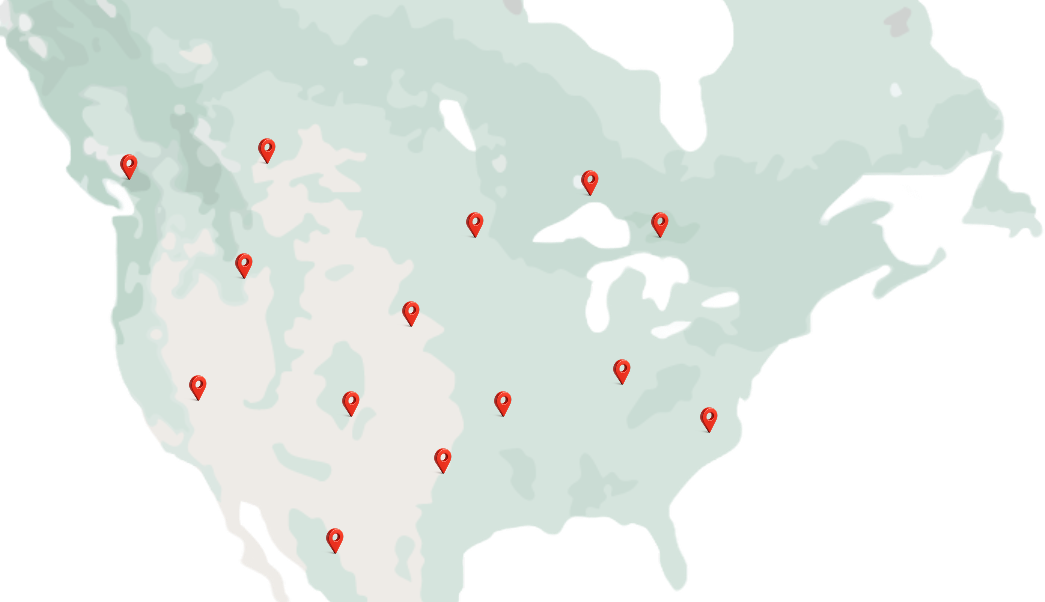.png)
TRUSTED BY SEPTIC COMPANIES ACORSS NORTH AMERICA
Septic Marketing Tips
When homeowners need septic service, they’re not scrolling through national directories — they’re typing “septic pumping near me” or “septic installation in [city].”
If your business doesn’t show up when they search, your competitors get the call.
That’s where local SEO comes in. Done right, it makes your septic website visible to nearby customers searching for your services right now.
Here’s exactly how to make that happen.
Google prioritizes websites that clearly show where they operate.
If your site doesn’t mention your city, region, or service area, it won’t rank well for local searches.
Add local signals in key places:
A conversion-focused septic website design builds these local signals directly into the structure — helping both Google and customers know exactly where you work.
If you haven’t already, claim and verify your Google Business Profile (GBP) — it’s how you show up in the map pack (the top 3 listings with the map).
Once it’s live, optimize it with:
Google rewards active, complete profiles — and when combined with a strong website, your visibility skyrockets.
If you cover multiple towns or rural areas, don’t lump them together on one page.
Instead, create individual service area pages for each location:
Each page should include:
This not only helps your SEO but also increases conversions because visitors see you’re truly local to them.
Google cross-checks your contact info across the web — if it’s inconsistent, your ranking drops.
Make sure your Name, Address, and Phone number (NAP) are identical across:
Even small inconsistencies like “Rd.” vs. “Road” can confuse search engines.
Reviews are one of the biggest ranking factors for local search.
They don’t just convince homeowners — they tell Google that your business is active and trusted.
Encourage happy customers to leave reviews after service.
Then, reply to every review — even a simple “Thanks for trusting us with your system!” builds engagement signals that improve ranking.
You can automate this process using our Lead Nurturing Systems to send review requests and reminders after each job.
Schema markup is behind-the-scenes code that helps Google understand your business info.
Local business schema includes your company name, phone, service area, and operating hours — giving Google more confidence to show your listing in search results.
It’s a small technical step, but it can make a big difference in visibility.
Our Website Design service includes this by default to help septic contractors stand out locally.
Google favors businesses that publish helpful, location-specific content.
That means writing about:
Each post builds topical authority and gives Google more reasons to rank your site for septic-related keywords.
Our Facebook Advertising campaigns can even repurpose these articles to drive more traffic back to your site.
Local SEO isn’t a one-time job — it’s an ongoing system.
Using a CRM or tracking dashboard (like in our Septic Growth System), you can monitor:
Once you have data, keep optimizing your pages and adjusting your content for better performance.
Showing up locally isn’t luck — it’s strategy.
When your website clearly lists your service areas, your Google Business Profile is optimized, and your reviews are flowing, you’ll dominate local search results and fill your calendar with real paying jobs.
If your current site isn’t showing up where it should, explore our Septic Website Design services or learn how the Septic Growth System ties together SEO, ads, and automation to make your business the top result in your area.
Need a Full system?
only 1 contractor per service area

Make your business flush with leads